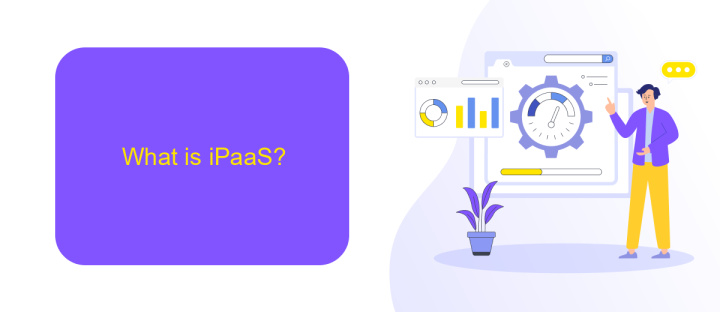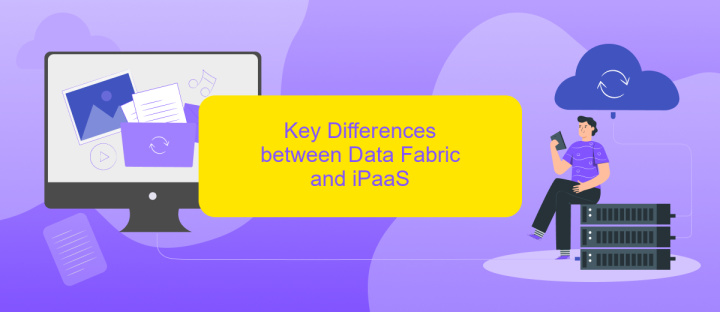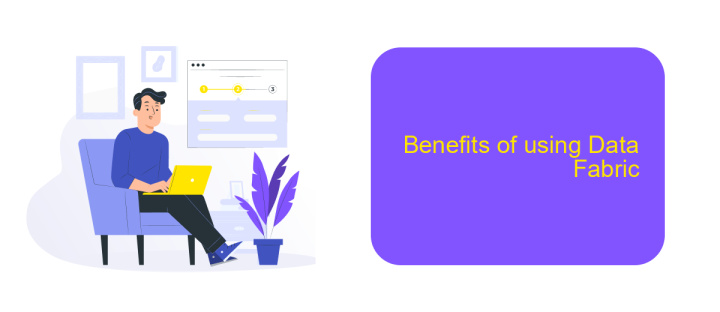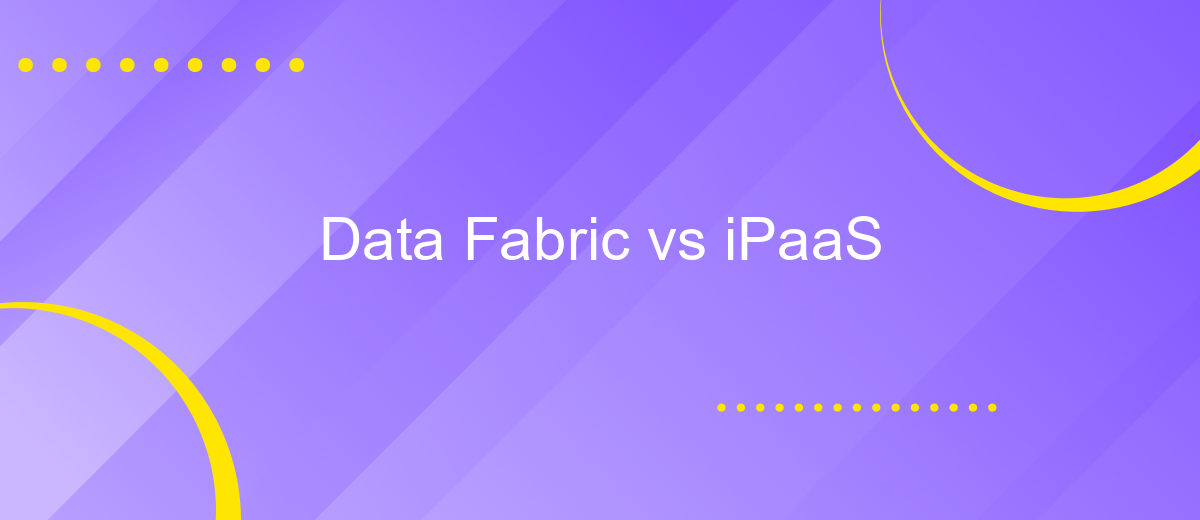Data Fabric vs iPaaS
In the rapidly evolving landscape of data management, organizations are increasingly turning to innovative solutions like Data Fabric and Integration Platform as a Service (iPaaS) to streamline their operations. While both aim to enhance data accessibility and integration, they offer distinct approaches and benefits. This article explores the key differences between Data Fabric and iPaaS, helping you make an informed decision for your business needs.
What is Data Fabric?
Data Fabric is an architectural approach that integrates data across various platforms and environments, both on-premises and in the cloud. It aims to provide a unified, consistent, and seamless data management framework that simplifies access, governance, and sharing of data across the organization.
- Unified Data Access: Provides a single access point for data from diverse sources.
- Data Governance: Ensures data quality, security, and compliance across the data lifecycle.
- Real-time Data Integration: Enables real-time data processing and analytics.
- Scalability: Easily scales with growing data volumes and complexity.
By leveraging Data Fabric, organizations can break down data silos and achieve a more agile and responsive data architecture. Tools like ApiX-Drive can further enhance this integration by automating data flows between different applications and systems, ensuring that data is always up-to-date and readily available for decision-making processes.
What is iPaaS?

Integration Platform as a Service (iPaaS) is a cloud-based service that simplifies the integration of applications and data across different environments. It provides a platform for connecting disparate systems, enabling seamless data flow, and automating business processes. iPaaS solutions often come with pre-built connectors and tools that allow users to create, manage, and monitor integrations without the need for extensive coding knowledge. This makes it an ideal choice for businesses looking to streamline their operations and improve efficiency.
One notable example of an iPaaS solution is ApiX-Drive. ApiX-Drive offers a user-friendly interface and a wide range of pre-configured integrations, making it easier for businesses to connect their applications and automate workflows. With ApiX-Drive, users can set up integrations in minutes, reducing the time and effort required for manual data entry and system synchronization. This not only enhances productivity but also minimizes the risk of errors, ensuring that data is accurate and up-to-date across all connected systems.
Key Differences between Data Fabric and iPaaS

Data Fabric and iPaaS serve distinct but complementary roles in data management and integration. While both aim to streamline data processes, they differ significantly in their approaches and functionalities.
- Architecture: Data Fabric provides a unified architecture for data integration and management across various environments, whereas iPaaS focuses on integrating applications and services through a cloud-based platform.
- Flexibility: Data Fabric offers a more flexible and scalable solution for handling diverse data sources and types, while iPaaS is typically more rigid, designed for specific integration scenarios.
- Complexity: Data Fabric solutions are generally more complex and require significant expertise to implement, whereas iPaaS platforms like ApiX-Drive offer user-friendly interfaces that simplify the integration process.
- Use Cases: Data Fabric is ideal for enterprises needing comprehensive data governance and analytics capabilities, while iPaaS is suited for businesses looking to quickly connect disparate applications and automate workflows.
In summary, Data Fabric is best for organizations seeking an all-encompassing data management solution, whereas iPaaS is perfect for those needing efficient, cloud-based application integration. Services like ApiX-Drive can further simplify the iPaaS implementation, making it accessible even for non-technical users.
Benefits of using Data Fabric

Data Fabric offers a transformative approach to data management by enabling seamless integration and accessibility of data across diverse environments. This architectural concept allows organizations to break down data silos and foster a unified data ecosystem, enhancing decision-making and operational efficiency.
One of the primary advantages of Data Fabric is its ability to provide real-time data access and analytics. By leveraging advanced technologies such as artificial intelligence and machine learning, Data Fabric can dynamically optimize data flow and ensure that the right data is available at the right time.
- Enhanced data integration across multiple sources
- Improved data governance and security
- Real-time analytics and insights
- Scalability and flexibility in data management
- Cost efficiency through streamlined operations
Moreover, services like ApiX-Drive can complement Data Fabric by simplifying the integration process. ApiX-Drive allows businesses to automate data workflows and connect various applications without extensive coding, further enhancing the agility and responsiveness of the Data Fabric architecture. This synergy ensures that organizations can rapidly adapt to changing data needs and maintain a competitive edge.
Benefits of using iPaaS
iPaaS (Integration Platform as a Service) offers numerous benefits for businesses looking to streamline their integration processes. One significant advantage is its ability to connect disparate systems and applications seamlessly, enabling data to flow smoothly across various platforms. This reduces the need for manual data entry and improves overall efficiency. Additionally, iPaaS solutions often come with pre-built connectors and templates, making it easier for organizations to set up integrations quickly without extensive coding knowledge.
Another key benefit of using iPaaS is its scalability and flexibility. As businesses grow and evolve, their integration needs can change. iPaaS platforms, such as ApiX-Drive, provide the flexibility to scale integrations up or down based on demand. This ensures that businesses can adapt to changing requirements without significant disruptions. Moreover, iPaaS solutions offer robust monitoring and management tools, allowing organizations to maintain control over their integrations and quickly address any issues that arise, ensuring continuous and reliable data flow.


FAQ
What is the primary difference between Data Fabric and iPaaS?
Can Data Fabric and iPaaS be used together?
Which is better for real-time data integration: Data Fabric or iPaaS?
Is it necessary to have coding skills to use iPaaS?
How does Data Fabric handle data security compared to iPaaS?
Routine tasks take a lot of time from employees? Do they burn out, do not have enough working day for the main duties and important things? Do you understand that the only way out of this situation in modern realities is automation? Try Apix-Drive for free and make sure that the online connector in 5 minutes of setting up integration will remove a significant part of the routine from your life and free up time for you and your employees.

